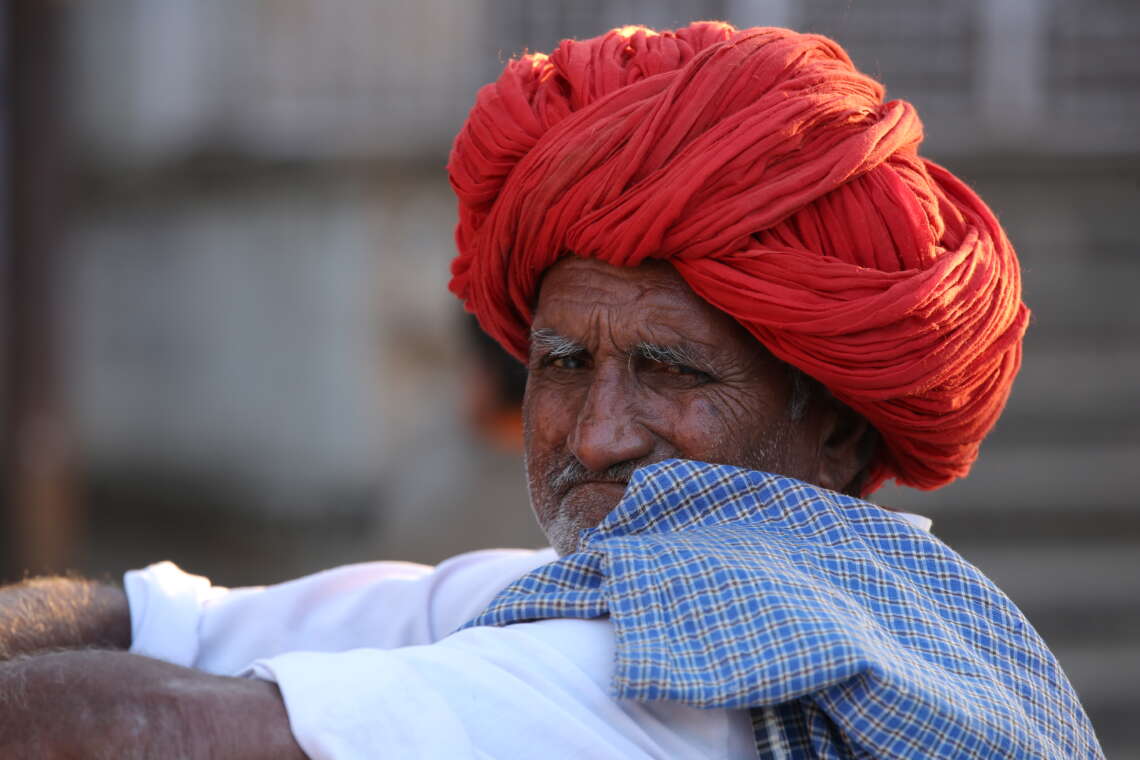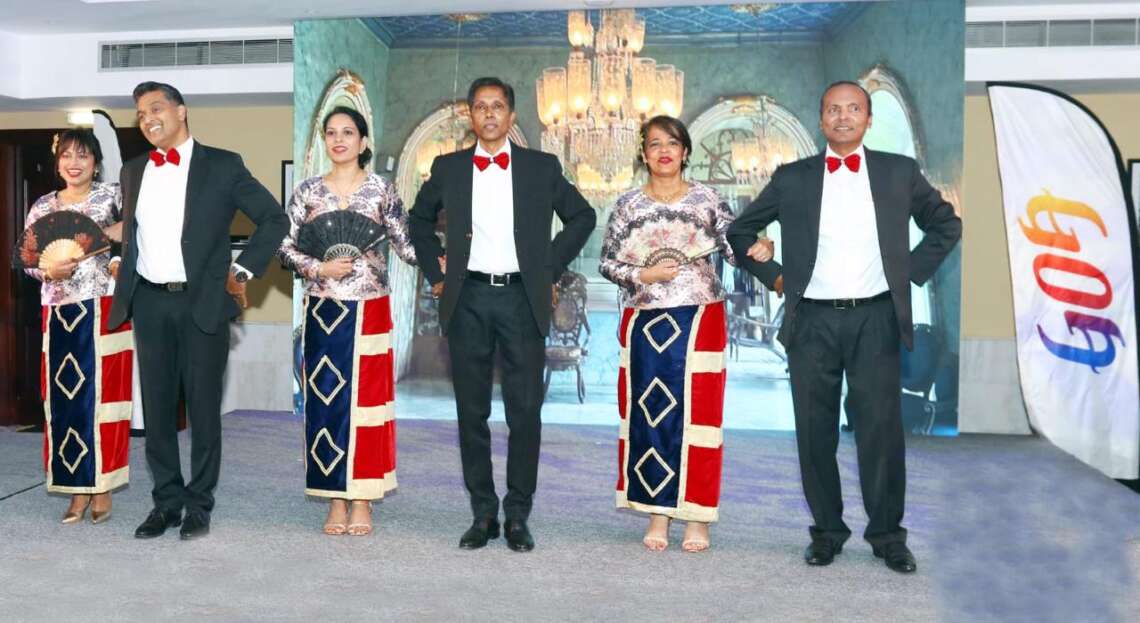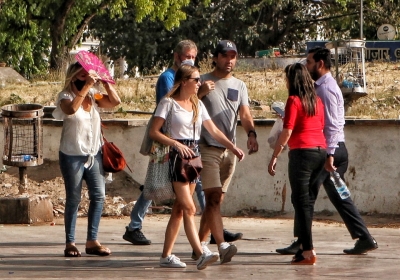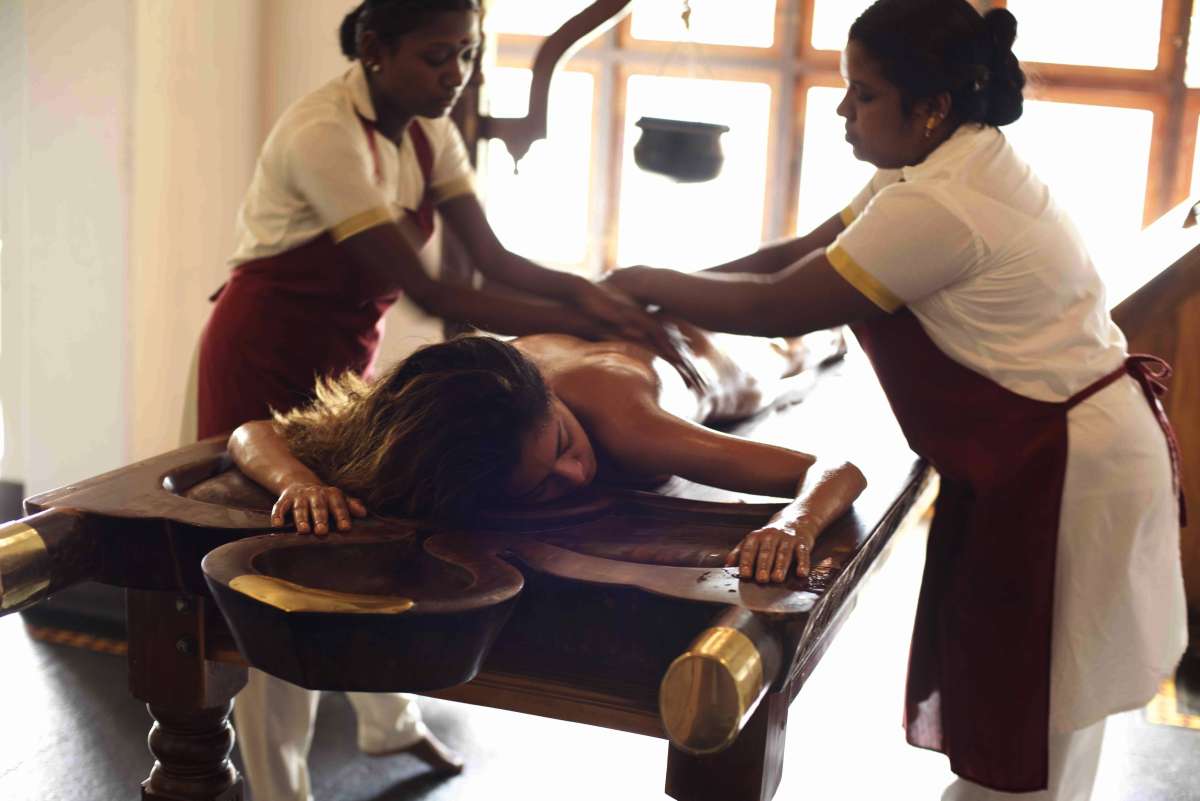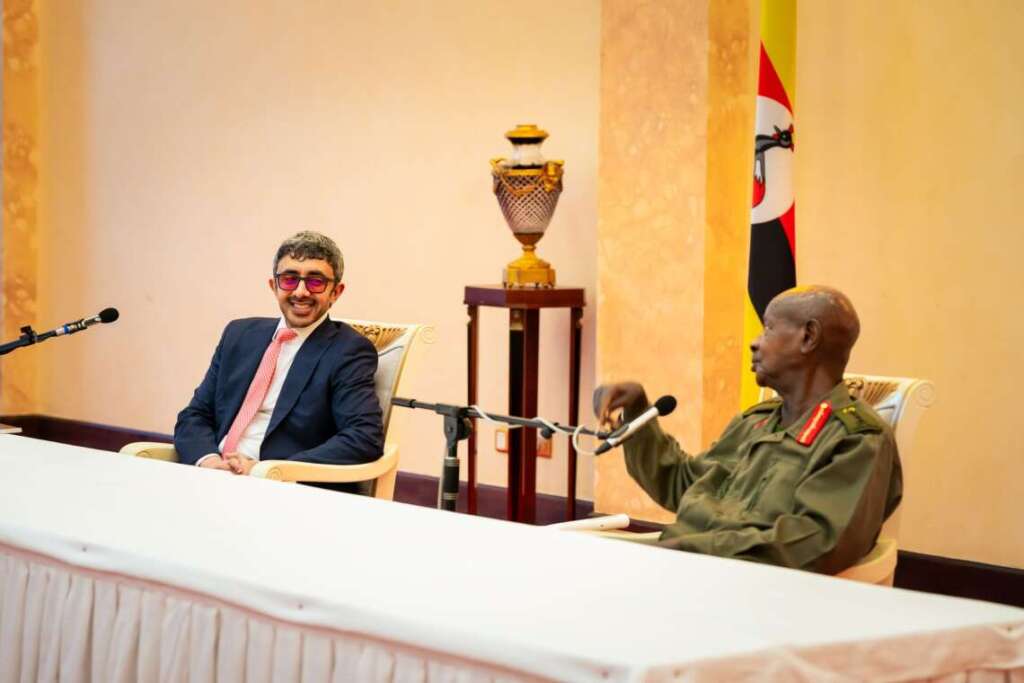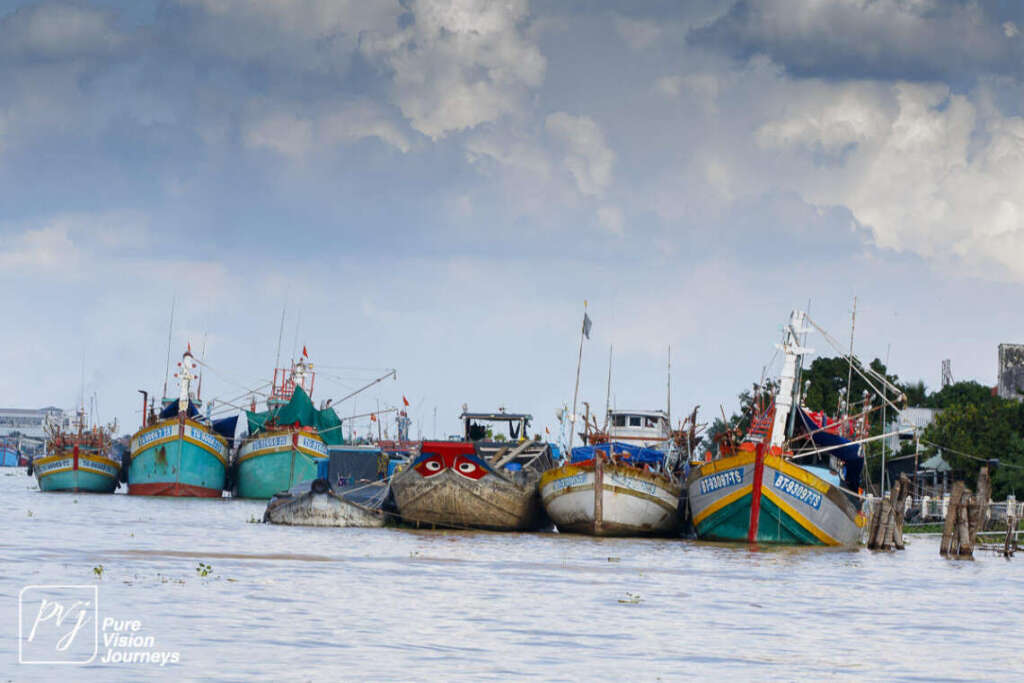This year, the Rajasthan Tourism Board set up their stand at ATM Dubai stage 2025—its first appearance in 15+ years. Under the stewardship of Additional Director Mr. Anand Tripathi, Department of Tourism, Government Rajasthan they went beyond saffron sands and shining palaces, and with a renewed vision: to marry royal heritage with grassroots vitality, they are repositioning the state not only as a luxury destination but as a ecosystem that inspires socially conscious travellers – A special Report by Soniya Kirpalani; Images/Video Santosh Rai
This year, the Rajasthan Tourism Board set up their stand at ATM Dubai stage 2025—its first appearance in 15+ years. Under the stewardship of Additional Director Mr. Anand Tripathi, Department of Tourism, Government Rajasthan they went beyond saffron sands and shining palaces, and with a renewed vision: to marry royal heritage with grassroots vitality, they are repositioning the state not only as a luxury destination but as a ecosystem that inspires socially conscious travelers.

From Iconic Grandeur to Hidden Frescoes
Jaipur’s Amber Fort, Udaipur’s Lake Palace, and the legendary Palace on Wheels train remain magnetic—but Mr. Tripathi is equally eager to spotlight Shekhawati’s open‑air fresco galleries. “These 18th‑ and 19th‑century havelis are living museums,” he explains, “their walls narrating merchant‑class dreams in pigments that survive monsoon and sun alike.” By routing visitors through these lesser‑known corridors of art, Rajasthan tourism has a vision to ensure revenue directly into village economies, whilst simultaneously supporting their conservation efforts.
Wildlife Encounters with Purpose
Inviting the travelers to visit the region’s greatest attraction: the thrill of tiger sightings at Ranthambore and other Wildlife Parks and Natural reserves, Mr. Tripathi underscored a deeper ambition to profits underwrite the growth of the locals. He also highlighted how luxury hospitality is turning into an well-spring, supporting sustainable growth in the smaller villages of Rajasthan.
Craftsmanship as Cultural Currency
Rajasthan’s artisan villages—block printers in Sanganer, blue‑pottery studios in Kishangarh, metal‑inlay workshops in Jodhpur—are woven into curated “maker trails.” Here, guests can learn new creative skills whilst forging emotional bonds with craftspeople. This hands‑on approach boosts artisan incomes by up to 30% and ensures traditions pass to the next generation.
Innovative Experience Clusters
Anticipating niche demand, the tourism department is piloting wellness retreats set among the Aravalli foothills, combining yoga, Ayurvedic cuisine, and night‑sky stargazing. In the Shekhawati corridor, culinary trails pair local Marwari thalis with storytelling sessions in restored mansions. These “experience clusters” are designed to extend stays—and deepen engagement—while dispersing visitors beyond overcrowded hotspots.
https://www.youtube.com/watch?v=BqoUW1gJagg











Digital Storytelling for a Global Audience
The department is creating virtual “taste‑of‑Rajasthan” previews for international markets through their active social presence. These immersive teasers have already boosted intent‑to‑book metrics by 18% in test markets as the larger-than-life visuals of folk‑dance performance at Jaisalmer’s desert festival, sunlit ramparts of Kumbhalgarh Fort and Deeg Mahal.
Invitation to Explore
As Rajasthan re‑engages with the Middle East, it extends an invitation: come for the palaces, stay for the people. Discover frescoed alleyways where history breathes in colour. Track a tiger’s pawprints at dawn, then dine on millet rotis prepared by women whose grandmothers once cooked for maharajas. In Rajasthan, luxury and legacy converge—and every journey becomes a shared story of preservation, empowerment, and wonder.


